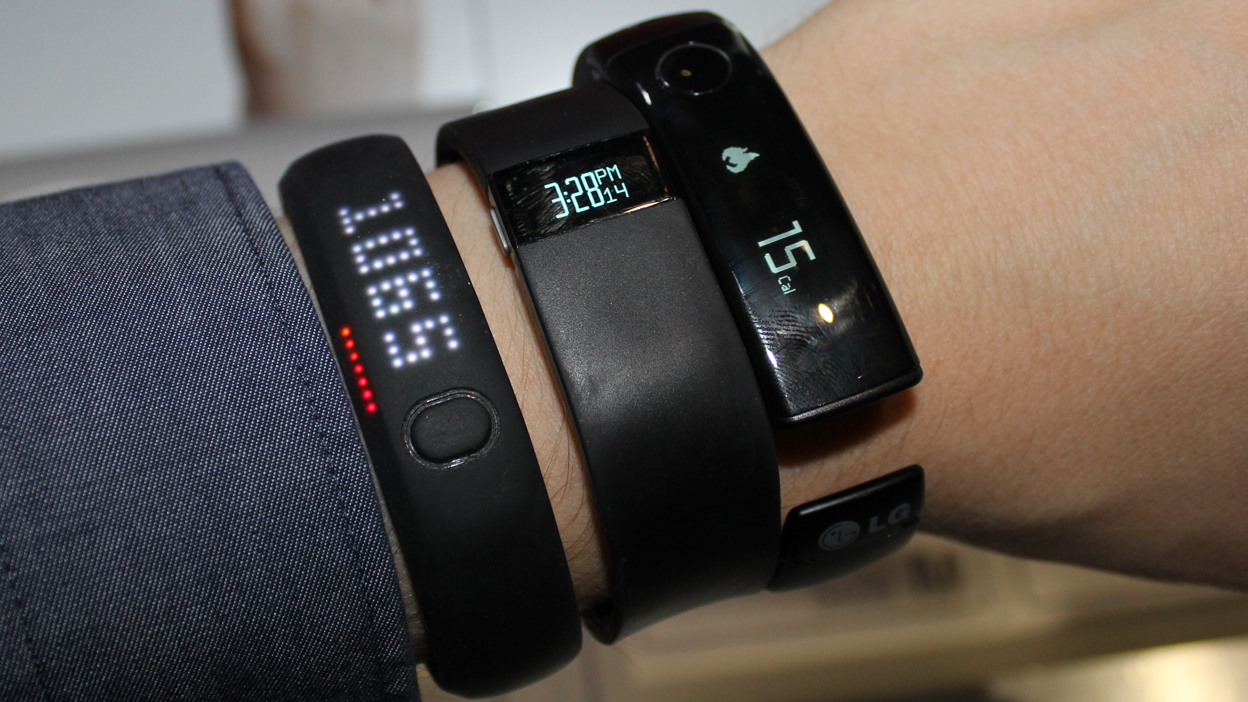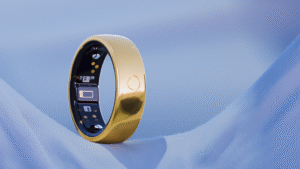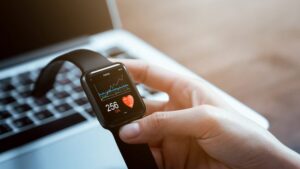
Wearable devices come in all forms and consumer segments. Fashionable wearables like fitness trackers and smartwatches may appeal to consumers who prioritize style over fashion while medical-grade devices, like glucose monitors for diabetics or ECG sensors, may meet health-care needs of individuals.
Cost
Cost of wearable technology varies significantly, yet is manageable for many users. Fitness trackers are an inexpensive solution at as little as $25; smartwatches and virtual reality headsets tend to carry higher prices; on average however, the average wearable device costs approximately $1,700.
Fitness trackers have become an increasingly popular wearable in recent years. The devices allow people to keep track of daily activities and exercise regimens, track health goals and connect with family and friends through fitness tracking devices. Fitness trackers may even help manage diseases like heart disease and diabetes by providing important data that allows individuals to adjust lifestyle choices accordingly and make healthier decisions.
Wearable devices have become an invaluable addition to workplace environments, providing real-time data about working conditions through wearable glasses or smart clothing activated by gesture. One such garment is Levi Commuter x Jacquard Jacket which lets people control their phone, answer calls, play music and track Uber location via gesture activation. Other examples of workplace-related wearables include brain-tracking headbands and posture corrector trainers.
Workplace wearables can help employees be more productive and engaged at work, reduce risks to both employees and employers, as well as help attract and retain young talent – especially among Millennials who prefer working for organizations that embrace modern tech solutions such as wearables.
Benefits
Wearable technology has quickly become an industry in itself, and retailers who disregard its importance will soon fall behind in sales and customer service. But it can be challenging for retailers to navigate this rapidly advancing field; by understanding its benefits, retailers can use wearable tech to their advantage to increase sales while simultaneously improving customer satisfaction.
Wearable technology offers enormous potential, from simple wellness trackers to sophisticated medical devices. Wearables enable users to keep tabs on their activities and health status; some even notify of possible health problems that arise; making managing one’s wellbeing and improving quality of life much simpler for its users.
Many consumers use fitness trackers to keep them motivated to exercise regularly and provide social support; with users often sharing their data via social media to inspire others towards reaching their goals. It is important to remember, however, that fitness trackers are no replacement for professional medical advice as they could result in false positives or negatively affect one’s self-esteem.
Businesses can leverage wearable technology to enhance employee productivity and job satisfaction. Wearables are ideal for helping workers in warehouse and construction jobs remain on task and avoid injuries, as well as monitoring worker activity to gain greater insight into workforce needs.
Requirements
Wearable devices offer an effective way to monitor and track important health indicators like sleep patterns and heart rate. Plus, these wearable devices can sync with mobile apps for even greater functionality and a tailored user experience.
While many wearable devices are used primarily for fitness purposes, there is also an expanding market of more high-tech wearables with additional benefits, including smart ring sensors that aid sleep quality, brain-tracking headbands that promote mindfulness and stress reduction, posture-correcting wristbands to correct poor ergonomics and virtual reality headsets that transport users into other worlds.
Some wearable devices hold great promise for saving lives; numerous high-tech prosthetics and monitoring technologies are already used by medical practitioners for therapeutic purposes. Unfortunately, however, consumers still face significant barriers when purchasing and using wearable tech meaningfully; these include perceived accuracy issues with devices as well as price concerns.
No doubt about it – more consumers than ever before are considering investing in wearable technology, with some employers even providing incentives such as subsidizing wearable devices as part of their wellness programs. But these incentives may only work effectively if these devices can motivate employees to adopt healthy behaviors that improve overall well-being.
Conclusions
Wearable technology devices offer users with extensive health metrics such as their heart rate, calorie burn and running pace. Some can even track other bodily functions like perspiration, blood-oxygen saturation and menstrual cycle data – helping consumers understand their overall health status, identify deficiencies or create healthier lifestyle choices.
However, their usefulness varies across consumer segments. For instance, those prioritizing health and fitness will likely prefer wearable devices that monitor such metrics; those focused on fashion or style may opt for stylish devices with aesthetic appeal instead.
Incentive programs like discounts on insurance premiums or wellness products can encourage wearable device adoption. Vitality has taken this approach by offering its members discounts on Apple Watches and other wearable devices; however, for it to work efficiently it must remove barriers that prevent users from adopting positive behaviors.
Device users often report concerns regarding ease of use and battery life when selecting their wearable device of choice, with sleep/pulse monitors often leading to these concerns being voiced by users themselves. A solution may lie within adopting an open and supportive attitude towards those sharing information about themselves with clinicians.




